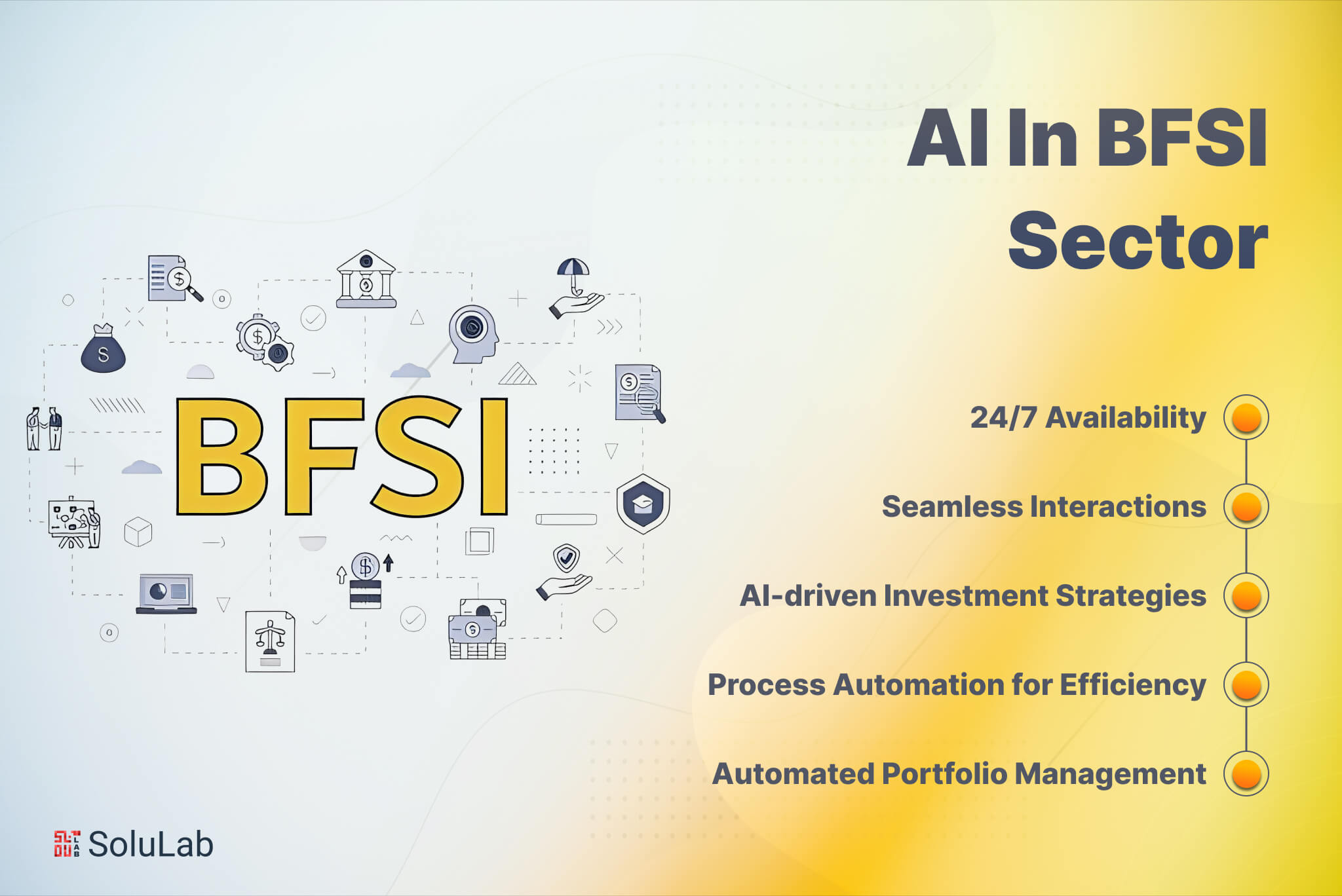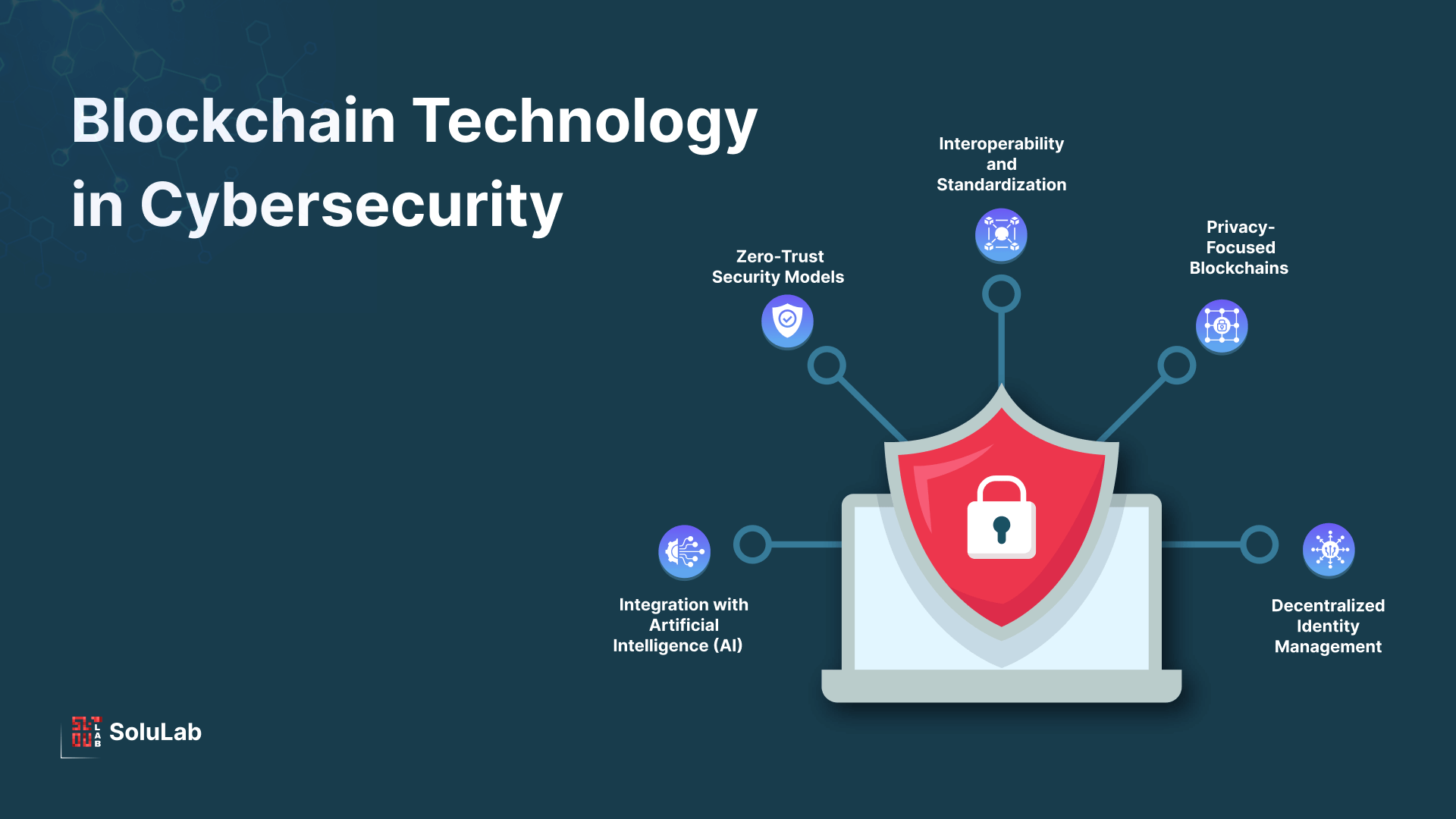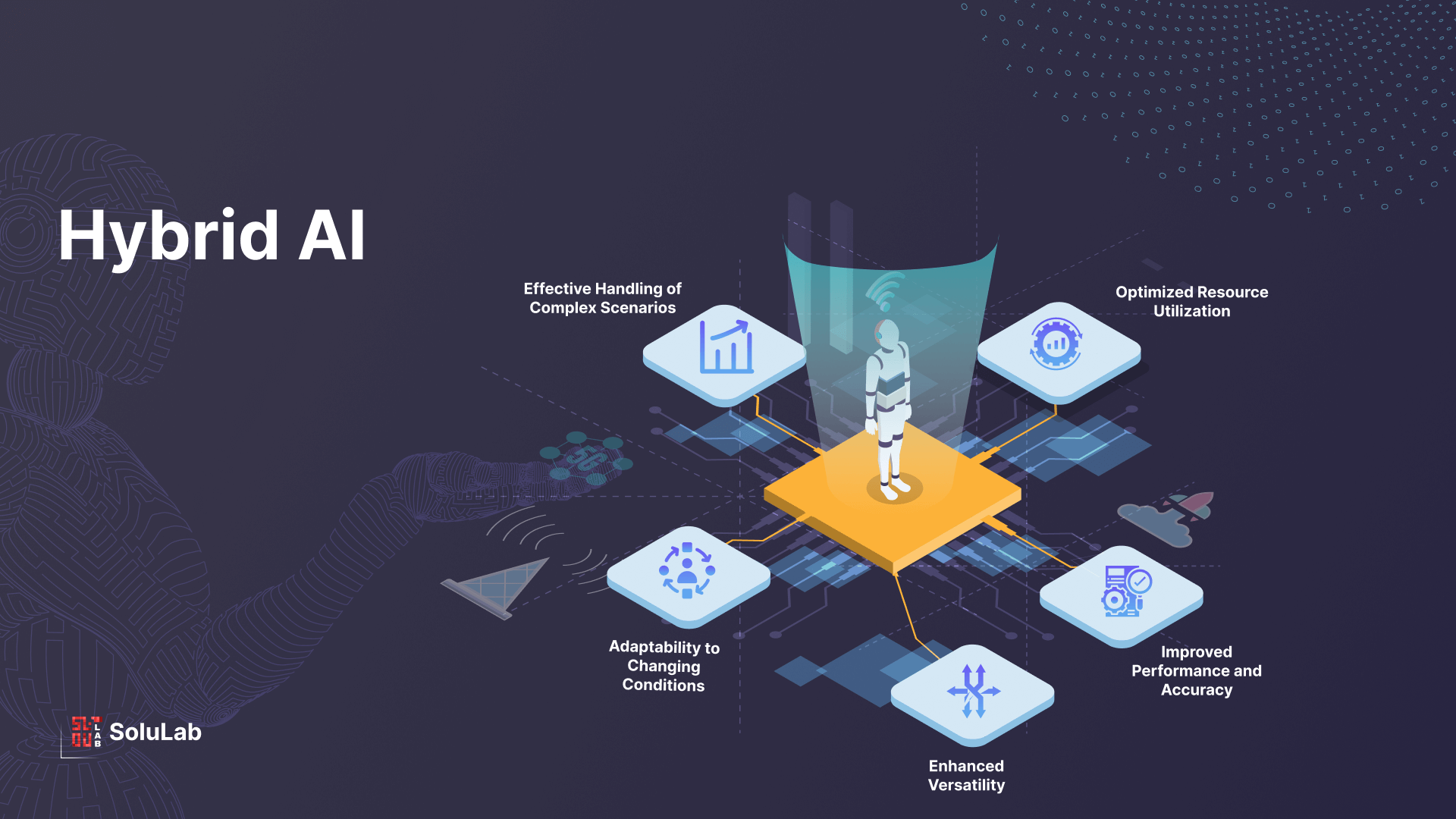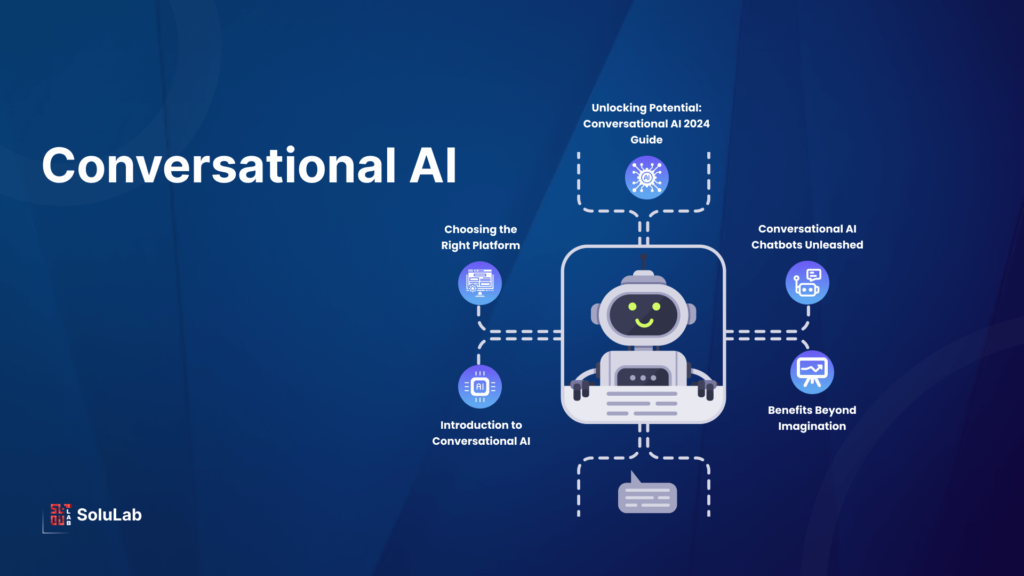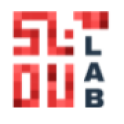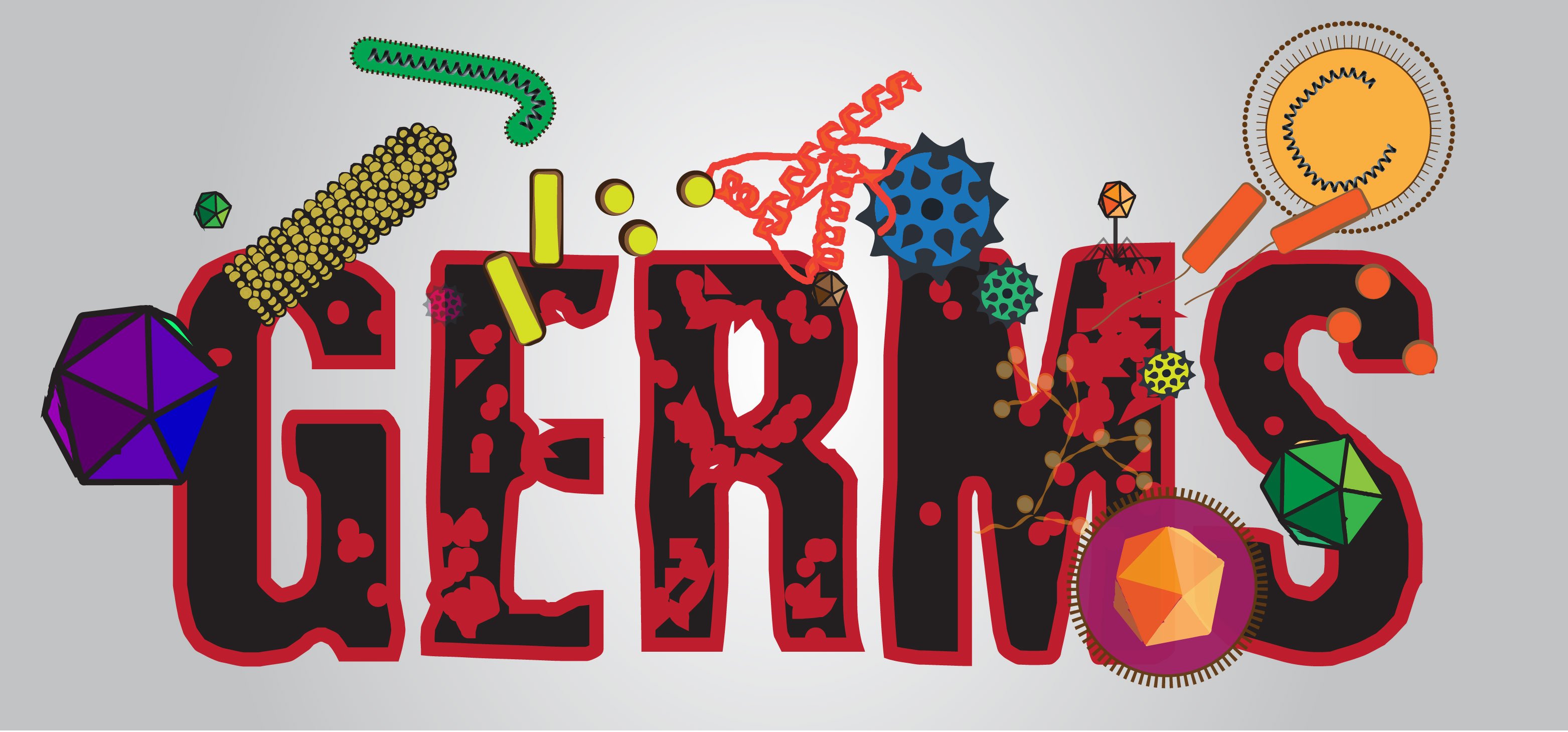Explore the future of HR with insights on benefits, use cases. Learn how SoluLab's AI development services are revolutionizing HR practice. The post Revolutionizing HR With Benefits and Diverse Use Cases appeared first on Blockchain Technology, Mobility, AI and...
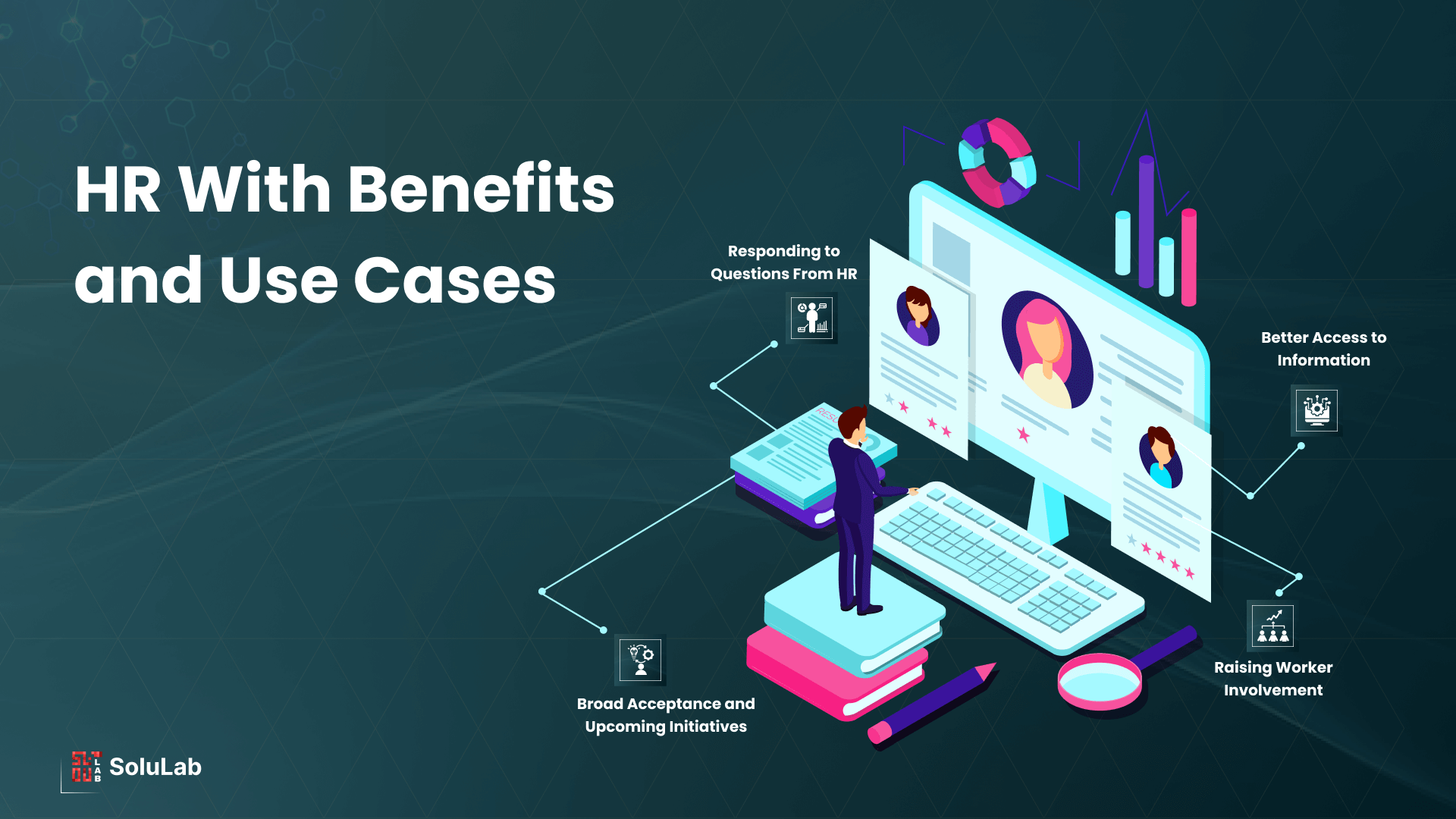
The field of human resource management is being revolutionized by the incorporation of HR chatbots. These modern HR AI chatbots are revolutionizing HR operations by providing ways to improve employee experiences, expedite procedures, and create a more productive workplace. This blog delves into the revolutionary power of AI chatbots in HR, emphasizing their advantages, including enhanced query response, heightened efficiency, and economic viability. We’ll also look at popular use cases like hiring and employee engagement, emphasizing how important these digital assistants are to the changing nature of remote and hybrid work environments.
So, without any further ado, let’s get started!
Overview of HR Chatbots
Imagine working at a company where onboarding goes smoothly, HR questions are promptly resolved, and employee engagement is constantly high. Greetings from the age of HR chatbots, the new digital assistants that are making the field of human resources more responsive, dynamic, and effective.
HR chatbots are becoming more than just automated question-answer systems thanks to artificial intelligence (AI). They can now comprehend, communicate with, and instantly handle HR-related problems. These chatbots are creating better accessibility and user-friendliness in every HR function, from guiding new hires through their first week on the job to answering benefits questions for staff members and expediting the hiring process.
Chatbots in HR are the link between effective HR administration and a better employee experience at a time when the workforce is becoming more distributed and digital. They’re not only tools; rather, they represent the intelligent, adaptable, and vitally efficient HR of the future.
What is a Chatbot for HR?
A sophisticated conversational AI designed to handle a range of HR-related activities and questions is known as an HR chatbot. It’s an intelligent system with generative AI and natural language processing (NLP) capabilities, not merely a tool for basic question answering. It can comprehend and react to a wide range of HR inquiries, from leave regulations and employee benefits to more complicated matters like performance reviews, onboarding procedures, and training courses, thanks to these capabilities.
An HR AI chatbot’s primary goal is to automate and expedite time-consuming, repetitive HR operations. By doing this, HR personnel’s burden may be greatly decreased, greatly improving the employee experience, and freeing them up to focus on important and challenging problems.
These HR industry chatbots are an essential component of the contemporary HR toolset since they are skilled at managing self-service portals, running employee surveys, and obtaining feedback.
Because of their versatility, HR chatbots may be implemented into a wide range of platforms, including messaging apps, intranets, corporate websites, and mobile applications. The existence of many platforms guarantees that workers may obtain HR assistance at any time and from any location, promoting a more cohesive and effective work environment.
What Benefits Can HR Chatbots Offer?
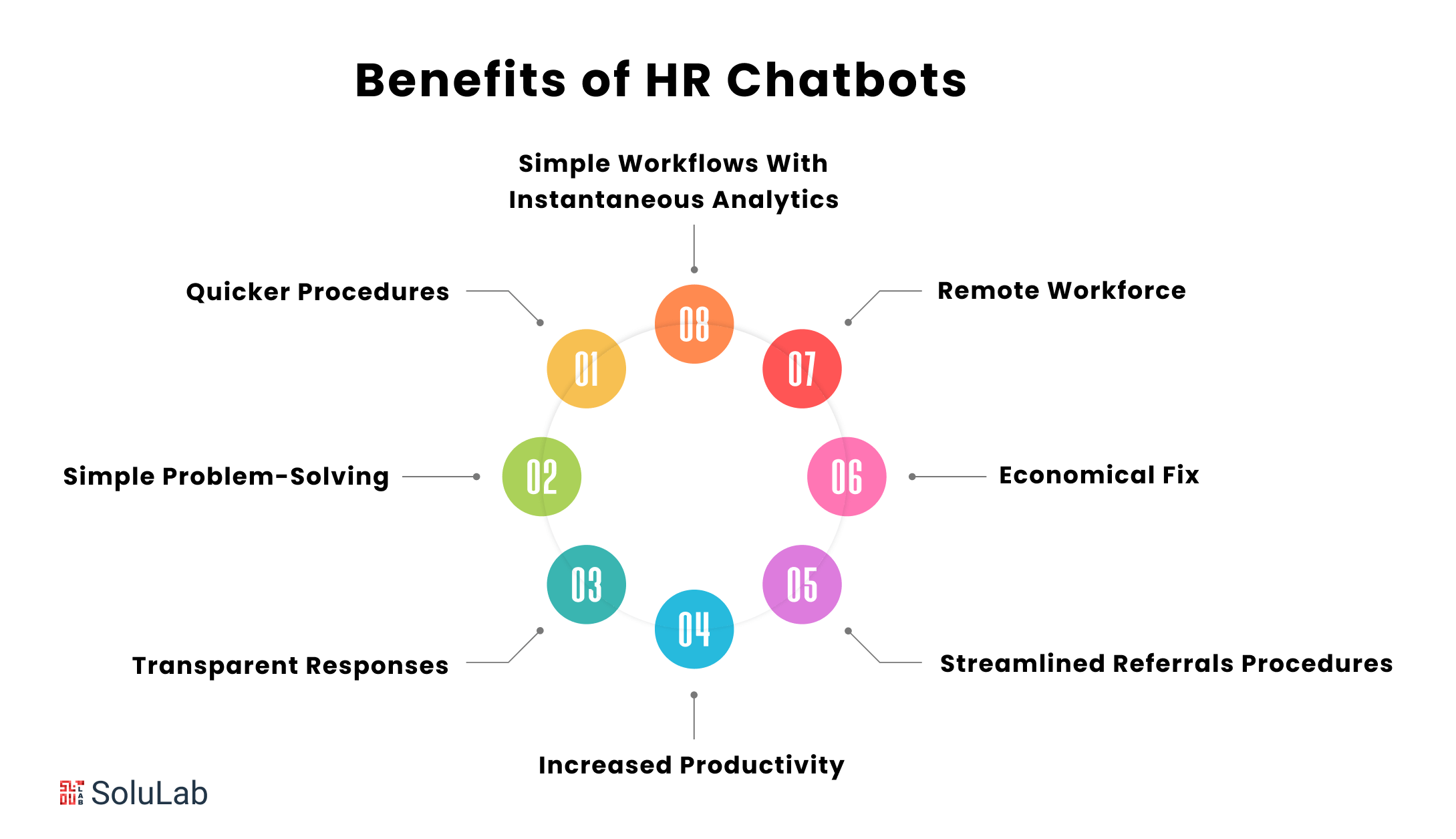
The efficacy and efficiency of human resource departments across companies are being redefined by the incorporation of HR chatbots.
The following are the primary benefits of chatbot in HR:
Quicker Procedures
HR department workflow is being revolutionized by HR chatbots. They are particularly good at hiring, onboarding, and managing leaves. They also excel at automating and streamlining other time-consuming operations. For instance, a chatbot can now precisely classify applications in hours instead of the days it used to take. This acceleration improves the overall effectiveness of HR operations by streamlining HR activities and drastically cutting the hiring time.
The second acceleration layer stems from their capacity to promptly address regular staff queries. This instantaneity is essential in hectic work settings where staff morale and productivity can be directly impacted by the prompt availability of information.
Simple Problem-Solving
Chatbots are a game-changing option for an HR department overrun with repeated queries. With their sophisticated natural language processing (NLP) skills, they can comprehend and instantly address a variety of employee inquiries. It guarantees that whenever workers want information on HR rules, perks, and processes, they will always get consistent and correct information.
Furthermore, HR chatbots free up real HR specialists to concentrate on more important and difficult problems by answering these repetitive questions. It not only makes the best utilization of human resources but also raises employee satisfaction by guaranteeing that their issues are handled effectively and on time.
Transparent Responses
Chatbots in HR give employee interactions a never-before-seen degree of openness. Because their replies are based on facts, the information they offer is accurate and consistent. It is particularly important in delicate areas where fairness and clarity are critical, such as policy explanations or grievance redressals.
Furthermore, the impartiality of chatbots promotes confidence among staff members. Employees feel free to voice concerns or ask questions because they know they will get frank, unbiased answers, which fosters an honest and open work environment.
Increased Productivity
HR chatbots greatly increase productivity both inside the HR division and throughout the whole company. They provide HR professionals more time by automating repetitive operations, allowing them to focus on more important duties like talent development and strategic planning. The organizational HR function is elevated by this transition from transactional to strategic activity.
Chatbots provide employees with instant access to HR information and assistance, which minimizes downtime and increases job satisfaction. Overall organizational productivity rises as a result of employees spending more time on their primary duties and less time navigating HR procedures.
Streamlined Referrals Procedures
The employee recommendation process is made easier, more engaging, and more efficient by HR industry chatbots. In order to expedite the recommendation submission process, they might proactively inform staff members about available openings and provide an invitation to recommend qualified people. It expedites the hiring process and makes greater use of the current staff by drawing from a larger pool of talent.
Furthermore, chatbots are capable of managing and tracking referrals, and giving staff members information on the progress of their recommendations. This openness promotes a culture of cooperation and teamwork and motivates participants in the referral program to continue participating.
Economical Fix
For businesses, implementing HR chatbots is an affordable solution. These virtual assistants take care of a wide range of duties that would normally need substantial human resources. Chatbots provide significant cost savings in terms of salary, training, and other associated expenditures by eliminating the need for a sizable HR personnel to handle regular questions and tasks.
Furthermore, because chatbots are scalable, expanding firms may easily use them as cost-effective solutions to handle growing workloads. Their capacity to update and adjust to evolving HR rules and regulations guarantees that businesses stay compliant without having to pay additional fees.
Remote Workforce
In the current world of remote and hybrid work patterns, HR chatbots are essential for facilitating communication over physical distances. They provide remote workers with round-the-clock assistance, responding to their questions and issues instantly, no matter where they are. This continuous accessibility guarantees that distant workers stay connected and get assistance, improving their productivity and quality of work life.
Additionally, chatbots in HR industry simplify remote onboarding and training procedures by giving new recruits quick access to the data and tools they need. Despite their physical distance, it makes it easier for them to integrate into the company and contributes to the development of a cohesive and knowledgeable remote workforce.
Simple Workflows With Instantaneous Analytics
HR chatbots use real-time analytics to not only automate procedures but also deliver insightful information. HR departments may gain valuable insights into employee requirements and trends by using them to log interactions and collect data on employee questions and complaints. HR services and policies may be continuously improved thanks to this data-driven approach.
Additionally, these insights are essential for making strategic decisions. HR teams may improve employee happiness and retention by better tailoring their programs and efforts to the requirements of the workforce by studying employee habits and preferences.
What are the Top Use Cases of Chatbots in HR Industry?
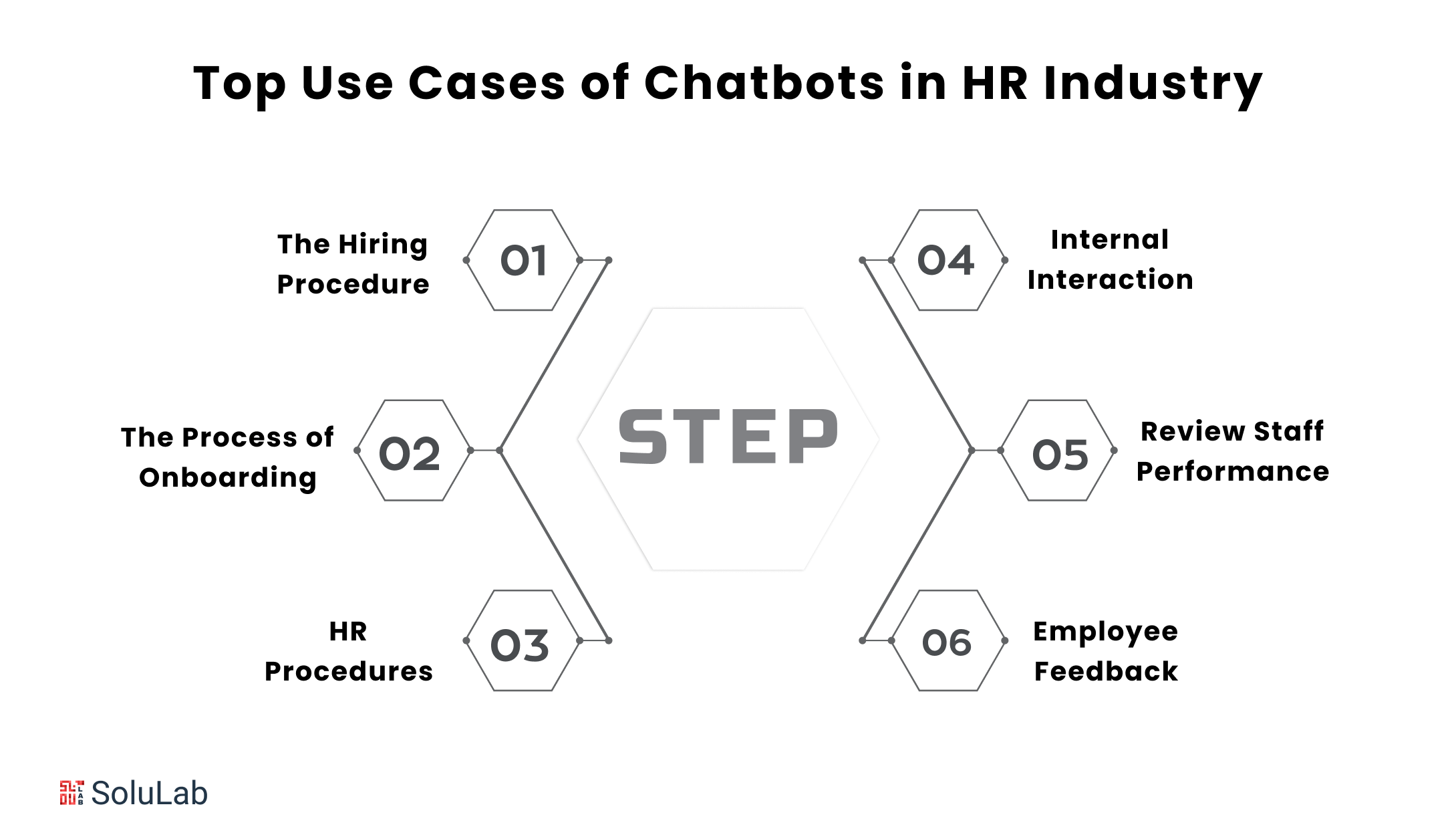
The introduction of HR chatbots is revolutionizing the ever-changing field of human resources. In labor management, these AI-driven solutions are generating new paradigms. HR chatbots are showing themselves to be quite useful tools, from automating repetitive work to offering strategic insights. Let’s examine six crucial areas where chatbots for HR are having a big influence:
The Hiring Procedure
HR chatbots are automating and streamlining a number of hiring process processes, which is revolutionizing the recruitment market. They first take care of the preliminary screening of applications, swiftly reviewing resumes in order to pinpoint qualified applicants according to preset standards. In addition to quickening the hiring process, they provide an impartial and equitable preliminary screening.
During the second stage, chatbots can conduct first interviews with prospective employees, posing pertinent questions and determining their suitability and level of interest in the position. HR professionals’ burden is greatly reduced by this dual-layered strategy, freeing them up to concentrate on more subtle parts of recruiting, such as in-person interviews and decision-making.
The Process of Onboarding
The onboarding procedure has a significant impact on how a new hire feels about the organization. By giving new hires all the information they need—from role-specific facts to business regulations and culture- chatbots in HR expedite this process. They may make the onboarding process more enjoyable and seamless by assisting new hires with a variety of administrative duties, such as completing forms and creating work accounts.
During the second phase, chatbots can assist new hires more successfully integrate into their teams by facilitating introductions to mentors and team members. A successful and fulfilling employment at the organization is ensured by this thorough onboarding process.
HR Procedures
HR chatbots are skilled at handling a variety of standard HR duties, streamlining and standardizing these procedures. For example, they can handle leave requests, process leave applications, and update staff members on leave balances and policies. In addition to saving time, this technology guarantees equity and openness in the administration of leaves.
Additionally, chatbots may manage reimbursements, check employee attendance, and provide payroll information. Because of their versatility, HR chatbots are essential tools for contemporary HR operations, greatly lowering administrative costs and raising employee satisfaction.
Internal Interaction
HR chatbots are essential for creating a productive and enjoyable work environment. They can be set up to periodically check in with staff members to get input on their well-being and work experience. This proactive strategy aids in the early detection and resolution of any workplace problems.
HR chatbots may also promote a feeling of community among staff members, help with internal communications, and provide important updates and information. HR chatbots help to a more cohesive and engaged team by improving internal engagement.
Review Staff Performance
Performance evaluations are essential to the growth of organizations and the development of employees. HR chatbots aid with this process by gathering and evaluating performance data, giving insights that support impartial and efficient assessments. Additionally, they can help to streamline the feedback process so that staff members can provide and receive constructive criticism in an organized way.
AI chatbots expedite performance reviews, which not only saves time but also makes the performance management system more open and growth-oriented.
Employee Feedback
Every firm must collect employee input and act upon it if it is to continuously develop. Chatbots for HR make this process more accessible and dynamic. They can gather recommendations for development and assess staff happiness through frequent surveys and polls.
Chatbots provide more frank and thorough replies from staff members by offering a simple and private feedback channel. The feedback provided is of great use in guiding HR policies and programs, as it helps to ensure that they meet the requirements of employees and foster a good and productive work environment.
Unlocking HR Chatbots’ Potential: A Statistical Viewpoint
It is essential to comprehend the increasing relevance of HR chatbots from a statistical perspective as we delve deeper into their function in contemporary workplaces. These numbers demonstrate the growing popularity of HR chatbots and emphasize how they have the ability to completely transform human resource administration.
Here are some eye-opening data points that provide a clear picture of the state of HR chatbots:
Raising Worker Involvement
According to IBM research, 66% of HR executives think chatbots significantly increase employee engagement. This figure demonstrates how chatbots may improve the HR department’s responsiveness and interaction, which enhances the whole employee experience.
Broad Acceptance and Upcoming Initiatives
According to an Oracle poll, 50% of HR directors have either used AI-powered chatbots currently or have plans to do so in the upcoming year. This data demonstrates how chatbots are becoming more recognized as indispensable resources for HR departments, serving a variety of purposes from hiring to employee engagement.
Responding to Questions From HR
Gartner’s forecast strengthens the encouraging picture for chatbots used in HR. Chatbots are predicted to answer more than 70% of HR-related queries by 2027. With automated question processing, HR departments can now respond to employee demands more quickly and effectively, which represents a radical transformation in how they function.
Better Access to Information
Chatbots, according to an overwhelming 92% of HR departments, will make it much easier for employees to retrieve information. This figure illustrates the level of faith in chatbots’ potential to improve the working environment for employees by giving them quick access to important HR data, which lowers irritation and boosts productivity.
Strategies to Overcome Resistance to Change
In Human Resources (HR), the evolution of practices is often met with resistance, especially when dealing with deeply ingrained traditional approaches. Successfully steering through this transformation demands a strategic approach that acknowledges and addresses the challenges associated with resistance to change. By implementing a thoughtful and proactive strategy, organizations can pave the way for a more responsive and innovative HR framework that aligns with the evolving needs of the workforce and the broader business landscape.
A. Resistance to Change
Strategies for Effective Communication and Change Management
Resistance often stems from uncertainty and fear of the unknown. To counter this, organizations must prioritize clear and consistent communication. This involves articulating the reasons behind the changes, the benefits they bring, and how they align with the company’s overall mission. Engaging employees in the process and soliciting feedback can make them feel heard and alleviate concerns. Effective change management involves not just communicating the change but also providing the necessary training and support structures to help employees adapt seamlessly.
B. Ensuring Inclusivity
To truly revolutionize HR, it’s imperative to address biases in benefits design and incorporate diverse perspectives in decision-making processes.
Addressing Biases in Benefits Design:
Biases in benefits can inadvertently exclude certain groups of employees. A comprehensive audit of existing benefits packages, with a focus on inclusivity, can help identify and rectify any inherent biases. This may involve consulting with diversity and inclusion experts, gathering employee feedback, and ensuring that benefits cater to a spectrum of needs, considering factors such as age, gender, cultural background, and family structure.
Incorporating Diverse Perspectives in Decision-Making:
Achieving inclusivity goes beyond benefits design and extends to the decision-making process itself. Building diverse teams and committees that contribute to HR decisions ensures a variety of viewpoints are considered. Encouraging an open and inclusive culture where employees feel comfortable expressing their opinions fosters innovation and ensures that the HR strategies resonate with the varied experiences of the workforce.
In essence, overcoming resistance to change and promoting inclusivity are pivotal steps in the journey to revolutionize HR, creating a workplace that is not only adaptive but also reflective of the diverse needs and perspectives of its employees.
The Future of HR
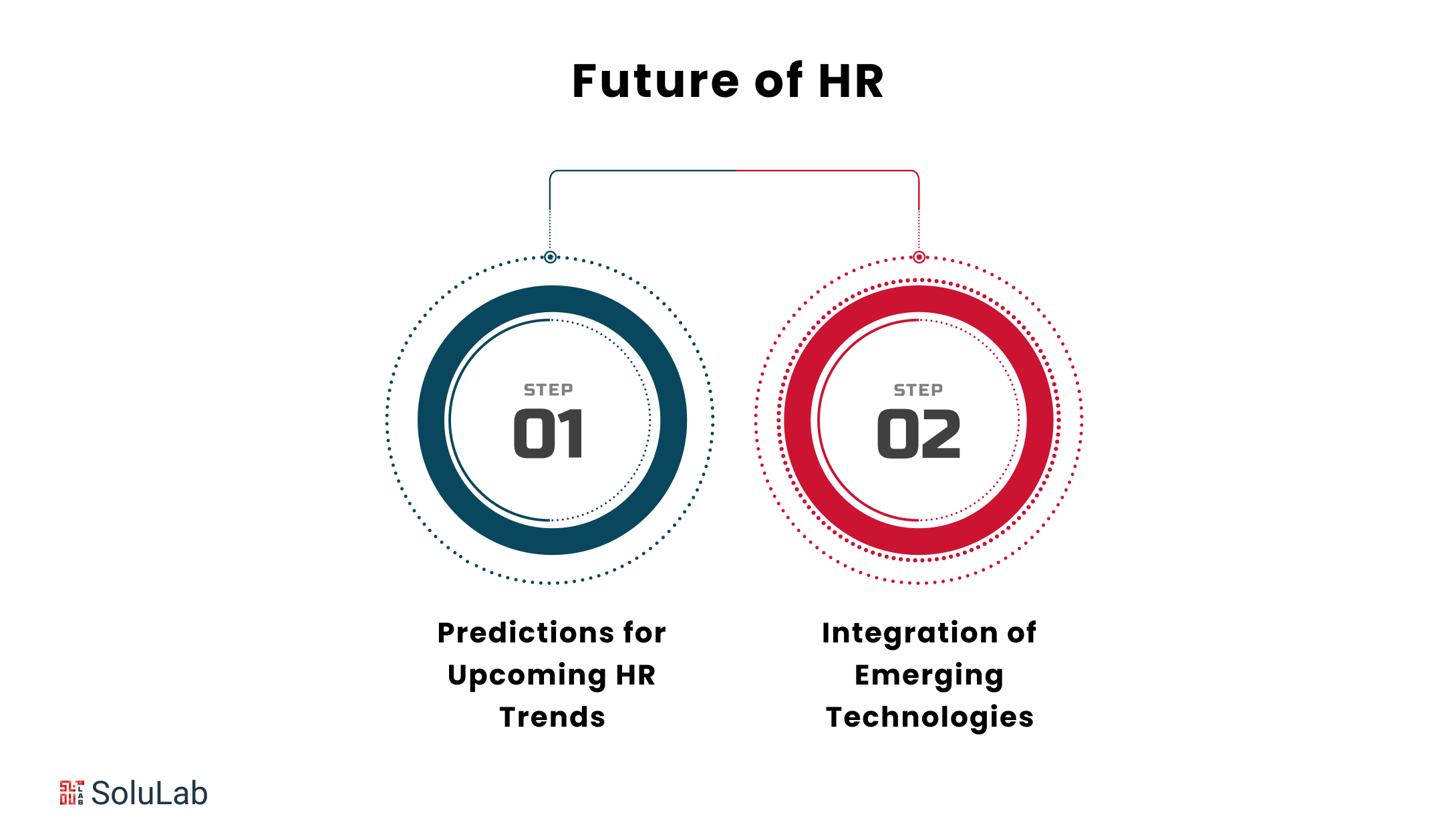
As we peer into the future of Human Resources (HR), several compelling trends are set to shape the landscape, emphasizing a more holistic and tech-infused approach to employee management.
Predictions for Upcoming HR Trends
The trajectory of HR is increasingly oriented towards prioritizing the well-being of employees. Beyond traditional benefits, organizations are expected to delve deeper into mental health initiatives, work-life balance, and comprehensive wellness programs. Recognizing that a thriving workforce is a key asset, companies are likely to invest more in creating supportive environments that foster not only professional growth but also overall well-being.
Integration of Emerging Technologies
The integration of technologies is poised to redefine the HR landscape. From Artificial Intelligence (AI) streamlining recruitment processes to predictive analytics aiding in talent management, technology will play an integral role in enhancing HR efficiency. Virtual and augmented reality may revolutionize training programs, providing immersive learning experiences. Moreover, data-driven insights will become paramount for strategic decision-making, allowing HR professionals to make informed choices that positively impact both the organization and its employees.
As the HR domain continues to evolve, these trends signify a shift towards a more people-centric, technologically advanced, and forward-thinking approach, reflecting a commitment to fostering a workplace that thrives on innovation, well-being, and adaptability.
Concluding Remarks
In conclusion, the journey towards revolution of Human Resources requires a proactive and adaptive mindset. As we anticipate the future of HR, it is evident that the focus will remain steadfast on employee well-being and the seamless integration of emerging technologies. The realization that a content and motivated workforce is the bedrock of organizational success propels the industry towards holistic well-being initiatives and innovative tech solutions. Embracing these transformative trends not only ensures a more resilient and agile HR framework but also reinforces the commitment to creating workplaces where employees not only survive but thrive.
In this dynamic era, where technology serves as a catalyst for change, companies like SoluLab stand at the forefront of revolutionizing the HR industry. Through our AI development services, we empower organizations to harness the potential of artificial intelligence in reshaping HR processes. By leveraging renowned AI solutions, SoluLab enables companies to streamline recruitment, enhance employee engagement, and make data-driven decisions. As we collectively stride towards a future where HR is synonymous with innovation, SoluLab, an AI development company, emerges as a key partner in unlocking the transformative power of AI in the realm of Human Resources.
FAQs
1. How can organizations effectively communicate HR changes to minimize resistance?
Implementing a comprehensive communication strategy in HR chatbots is crucial. This involves transparently articulating the reasons behind the changes, emphasizing the benefits for employees, and actively involving them in the process. Clear communication, coupled with ongoing dialogue and support structures, helps employees navigate and embrace the changes more seamlessly.
2. How can HR chatbot benefits be designed to be more inclusive and cater to diverse employee needs?
The benefits of chatbots in HR involve conducting thorough audits to identify and rectify biases. Seeking input from a diverse range of employees, consulting diversity and inclusion experts, and ensuring benefits cater to a spectrum of needs, including factors such as age, gender, cultural background, and family structure, contribute to a more inclusive benefits package.
3. What role will AI technology play in the future of HR?
The future of HR is closely intertwined with AI technology. Emerging technologies like Artificial Intelligence (AI) will streamline recruitment processes, predictive analytics will aid in talent management, and virtual reality may revolutionize training programs. Additionally, data-driven insights will play a crucial role in strategic decision-making, ensuring HR practices are efficient, informed, and tailored to the evolving needs of the workforce.
4. Why is there a growing emphasis on employee well-being in HR practices?
Recognizing that a healthy and content workforce is a strategic asset, HR practices are increasingly prioritizing employee well-being. Beyond traditional benefits, companies are investing in mental health initiatives, promoting work-life balance, and implementing comprehensive wellness programs to create supportive environments that foster both professional growth and overall well-being.
5. How can SoluLab’s AI development services contribute to revolutionizing the HR industry?
SoluLab, through its AI development services, empowers organizations to revolutionize HR by harnessing the potential of artificial intelligence. By leveraging powerful AI solutions, SoluLab enables streamlined recruitment processes, enhanced employee engagement, and data-driven decision-making. As a key partner in unlocking the transformative power of AI in HR, our AI development company stands at the forefront of reshaping industry processes to align with the demands of the future.
The post Revolutionizing HR With Benefits and Diverse Use Cases appeared first on Blockchain Technology, Mobility, AI and IoT Development Company USA, Canada.








